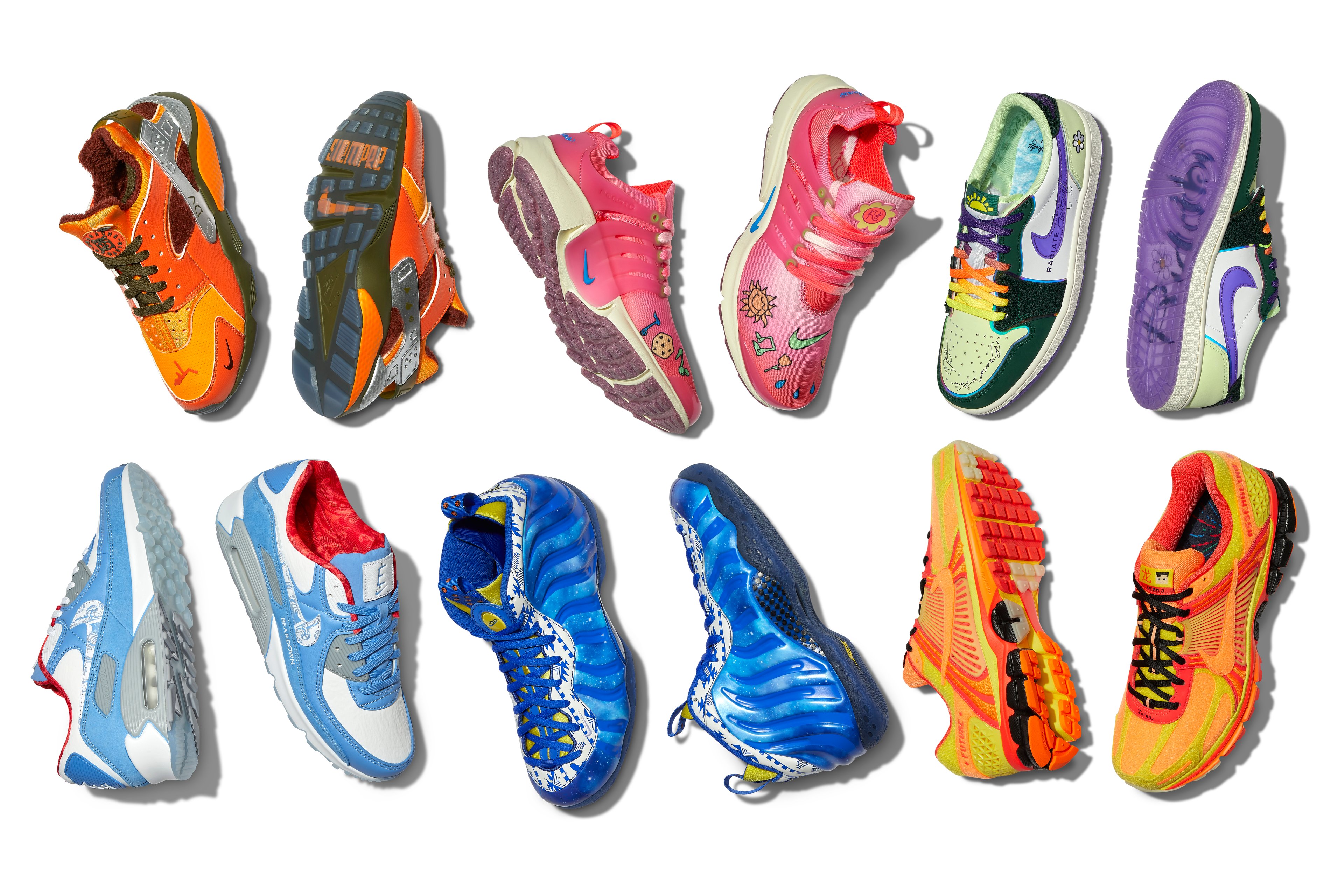
Phil Knight. Photo: Nike.com
Nike (NKE 0.48%) consistently ranks as one of the most powerful brands in the U.S., ranking 18th on Forbes' 2015 brand power list. In fiscal year 2014, the company made nearly $28 billion in sales, and Nike represents about half of the total U.S. athletic wear market.
Nike's rise to dominance over the last few decades all started with one visionary leader: Phil Knight.
Phil Knight then and now
Phil Knight started his college career as a track and field athlete at The University of Oregon, and eventually moved on to Stanford for graduate school (M.B.A. '62). After graduate school, Knight traveled for a while. During his travels, he visited a Japanese shoe factory. The story goes that he was so impressed with the quality and price of the products he found in that factory that he started his own sports apparel company with the help of former track coach Bill Bowerman.
That company was called Blue Ribbon Sports, but in 1972 the name was changed to Nike (which is the Greek goddess of victory). Nike went public in 1980, and since its humble beginnings at less than $1 per share (adjusted for stock splits), the stock has returned more than 32,000% in those 35 years.
Now Knight is 77 and though he is no longer the CEO, he still serves as chairman of Nike's board of directors and helps guide Nike to continued success. (Knight plans to step down from the chairman role in 2016 but will remain active with the company.)
Knight's visionary leadership and marketing genius helped create the largest sports company in history by sales and market share. This has made him the 32nd richest person in the world with a net worth of more than $24 billion as of July 2015, according to Forbes.
Selling dreams
Blue Ribbon Sports began with Knight going to track meets and selling his products out of the back of his car. Knight's first major sports marketing success came after he realized that getting his shoes on the feet of the right athletes before they were famous was critical for getting his relatively low-budget company into the mainstream.
Knight's products appeared at the U.S. Olympic trials in 1972, featuring the new "Nike" name and iconic swoosh. Soon after these trials, Nike signed up-and-coming runner Steve Prefontaine as the company's first sponsored athlete to really push the brand forward. Prefontaine went on to compete in the 1972 Olympics and set many American records after that.
Nike sold shoes, but they were just the medium for being able to sell dreams. Nike made itself the premier shoe for serious athletes like Prefontaine, but also made fans and less-than-professional athletes feel like they could be stars as well with the right gear. High profile endorsements eventually included such incredible athletes as Michael Jordan (signed in 1985) and Tiger Woods (1995), which helped push Nike's ability to sell its image even further.
Constant reinvention and continued success
It hasn't always been so easy for Nike. In the 1990's, Nike came under fire as activist groups wrote about and filmed labor conditions in factories in Asia that produced Nike products. These anti-sweatshop groups highlighted the terrible conditions workers faced while Nike made incredibly high margins on the products made in those factories in places like Vietnam.
Knight was forced to reorganize much of the management team and bring on outside consultants and auditors. It would take years for the issues to subside in the public's eye.
However Nike would successfully revamp its image through successful branding and commitment to being a socially responsible company. Nike was even listed as one of the most socially responsible companies in the world by Maclean's in 2014.
Knight would also continue to keep his company nimble. Nike has been able to reinvent itself and its products as needed to remain a growth company, and this culture continues in Nike to this day. The brand and culture Knight created has made Nike one of the top-performing companies and investments in recent years.
Even though Knight himself is no longer the CEO of Nike and has recently announced he will step down as Chairman as well, shareholders continue to be rewarded by the incredibly well-performing company he started. Acquiring sub-brands such as Hurley and Converse, diversifying into new sports and segments such as skateboarding, and continuing to aggressively grow internationally have all helped Nike to keep growing. In fact, Nike nearly doubled its net income in the last five years, even 35 years after going public.






